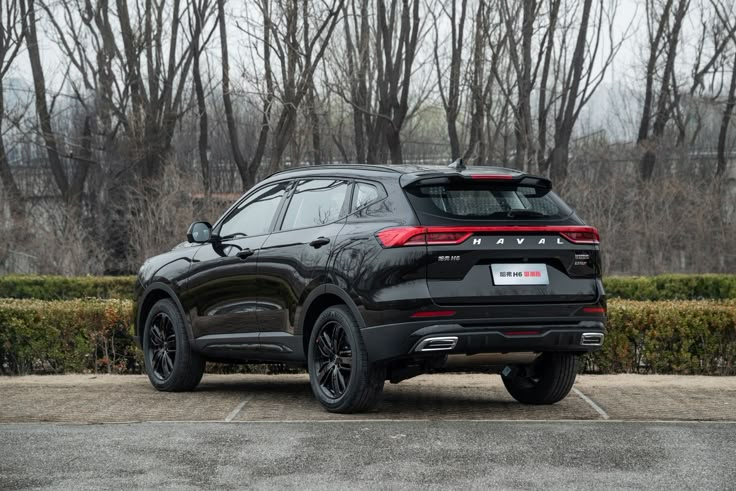Buying your first car is a rite of passage. It’s more than just getting from point A to point B—it’s about freedom, responsibility, and independence. For new drivers, selecting the right car can mean the difference between building confidence on the road or developing early frustration behind the wheel. That’s why it’s critical to choose a vehicle that’s reliable, user-friendly, fuel-efficient, and affordable in the long run.
But here’s the catch—not all cars are built with new drivers in mind. Some are packed with confusing technology, clunky handling, and poor visibility, turning what should be a smooth ride into a nerve-wracking experience.
On the other hand, some cars seem tailor-made for beginners: predictable steering, stellar safety ratings, and intuitive interiors that make driving feel like second nature.
In this blog, we dive deep into 5 cars that are rated best for first-time buyers—offering great value, ease of driving, and long-term dependability. And to keep it real, we’ll also spotlight 5 cars that give new drivers serious fits, whether due to poor visibility, excessive maintenance, or tough-to-handle dynamics.
Buckle up as we break down the best and worst first cars from an automobile addict’s perspective—you won’t want to miss this first-car buyer’s guide.
5 Cars Rated Best for First-Time Buyers
These five models are hailed for their beginner-friendly design, safety features, affordability, and ease of operation. From city commutes to weekend getaways, these cars have proven to be the ultimate picks for first-time buyers who want peace of mind and driving simplicity without sacrificing style or performance.
ALSO READ: 5 Pickups With the Best Factory Running Boards and 5 Needing Aftermarket
1. Honda Civic
The Honda Civic has long been the go-to car for first-time drivers—and for good reason. It blends style, reliability, and driver-friendly engineering into a compact frame that’s as versatile as it is dependable.
Under the hood, the Civic is powered by a fuel-efficient 2.0L engine that offers just enough kick without being overwhelming. It handles city corners with grace and shines on the highway with a quiet, composed ride. For new drivers, the Civic’s predictable steering and smooth braking offer a reassuring experience that builds confidence with every trip.
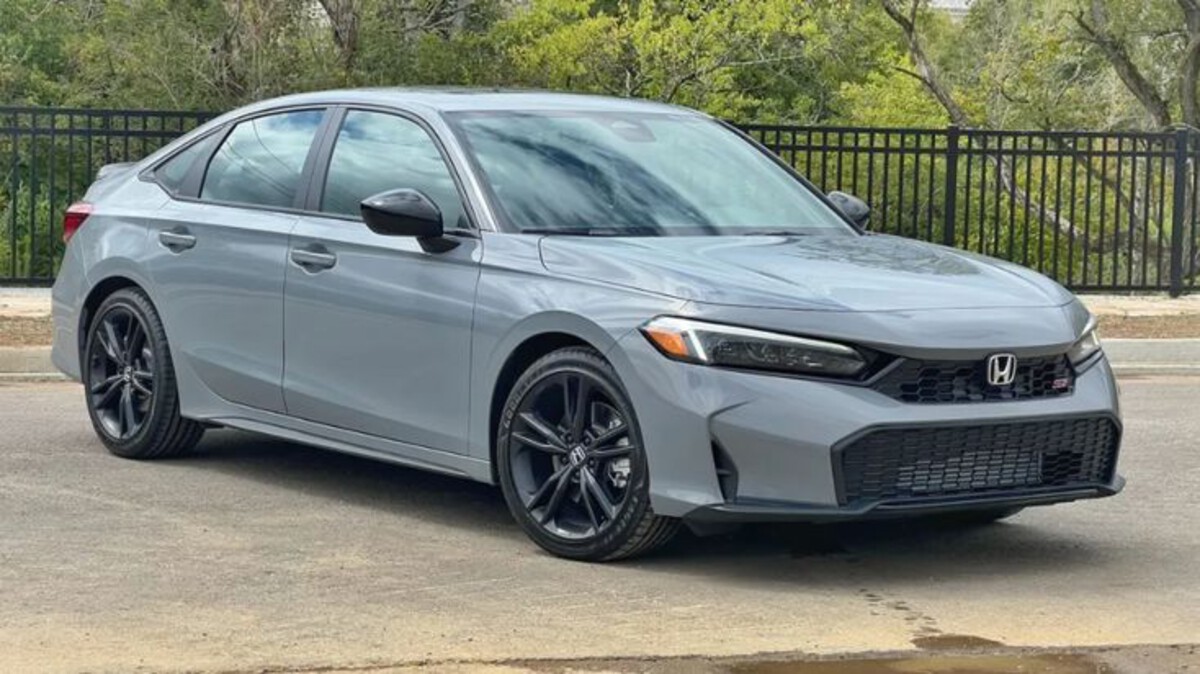
Inside, it’s practical and tech-savvy. The infotainment system is intuitive, and Apple CarPlay/Android Auto compatibility comes standard on most trims—perfect for young drivers used to touchscreen ease. Advanced safety features like Honda Sensing (lane keep assist, adaptive cruise control, collision mitigation braking) come included, helping new drivers feel protected from day one.
Maintenance is affordable, resale value is solid, and fuel economy hovers around 31 city/40 highway MPG. Whether it’s commuting to college or road-tripping with friends, the Civic earns top marks.
From a car enthusiast’s lens, the Civic is a gateway car—it introduces you to smart driving without making you pay for your mistakes. It’s no wonder it’s a staple in “best cars for new drivers” lists year after year.
2. Toyota Corolla
Reliable, affordable, and bulletproof—these are the words that define the Toyota Corolla, another top choice for first-time buyers. This compact sedan has built its reputation on being nearly impossible to kill, which is great news for anyone just learning the ropes of car ownership.
The Corolla’s 1.8L 4-cylinder engine isn’t the fastest, but it’s rock-solid. It offers a gentle acceleration curve, making it easy for new drivers to control. It’s forgiving, both in steering and braking, which translates to a smoother, stress-free drive in all conditions.
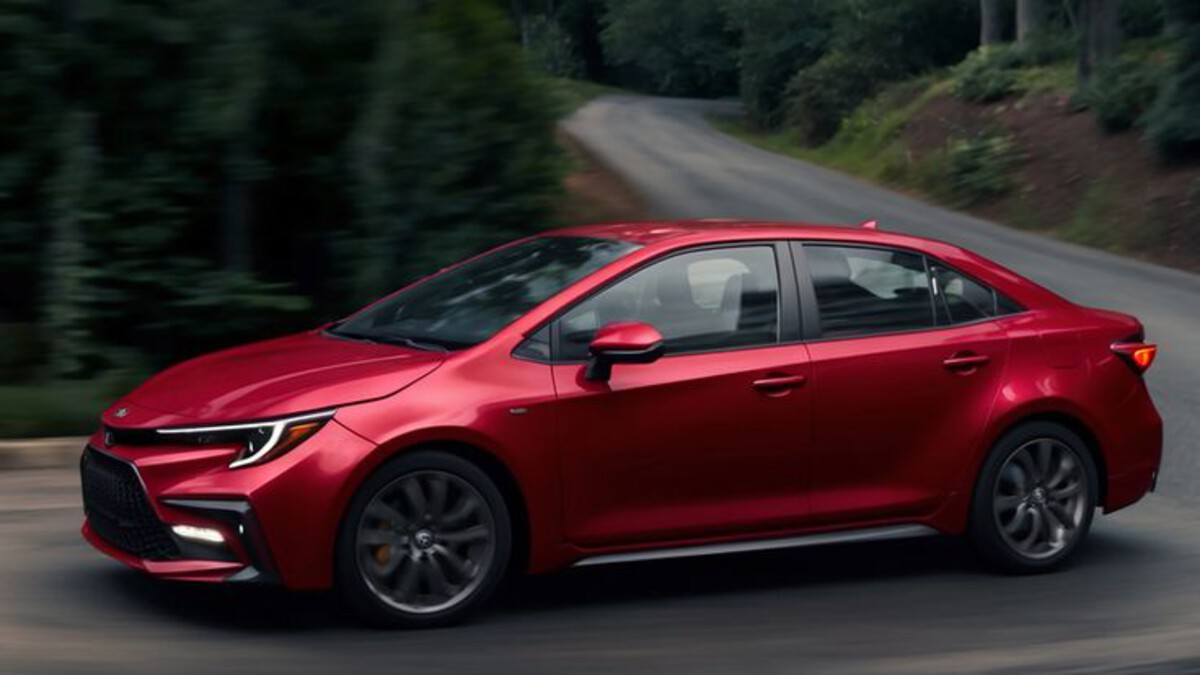
Toyota’s Safety Sense 2.0 suite is standard across all trims, delivering cutting-edge protection like automatic emergency braking, lane tracing assist, and road sign recognition. It’s basically like having a second pair of eyes on the road, something every new driver benefits from.
Its cabin is functional and straightforward. The layout prioritizes ergonomics—everything is right where you expect it to be. With great visibility, easy-to-use controls, and a tight turning radius, it makes parallel parking and city driving a breeze.
Fuel efficiency (up to 40 MPG highway), low maintenance costs, and top-tier reliability scores make the Corolla a must-consider for beginners. It’s a vehicle you can grow with—predictable in the best way possible.
3. Mazda3
If you’re a first-time buyer who craves a little excitement behind the wheel without stepping into “too much car,” the Mazda3 hits that perfect sweet spot. It’s sporty yet controlled, stylish yet practical—a rare combination in the beginner segment.
The Mazda3’s real strength lies in its handling. It feels connected to the road, offering responsive steering and a solid, planted stance. Unlike some bland compact cars, the Mazda3 is actually fun to drive—but never intimidating. Its 2.5L engine strikes a great balance: peppy when you want it to be, smooth when you’re just cruising.
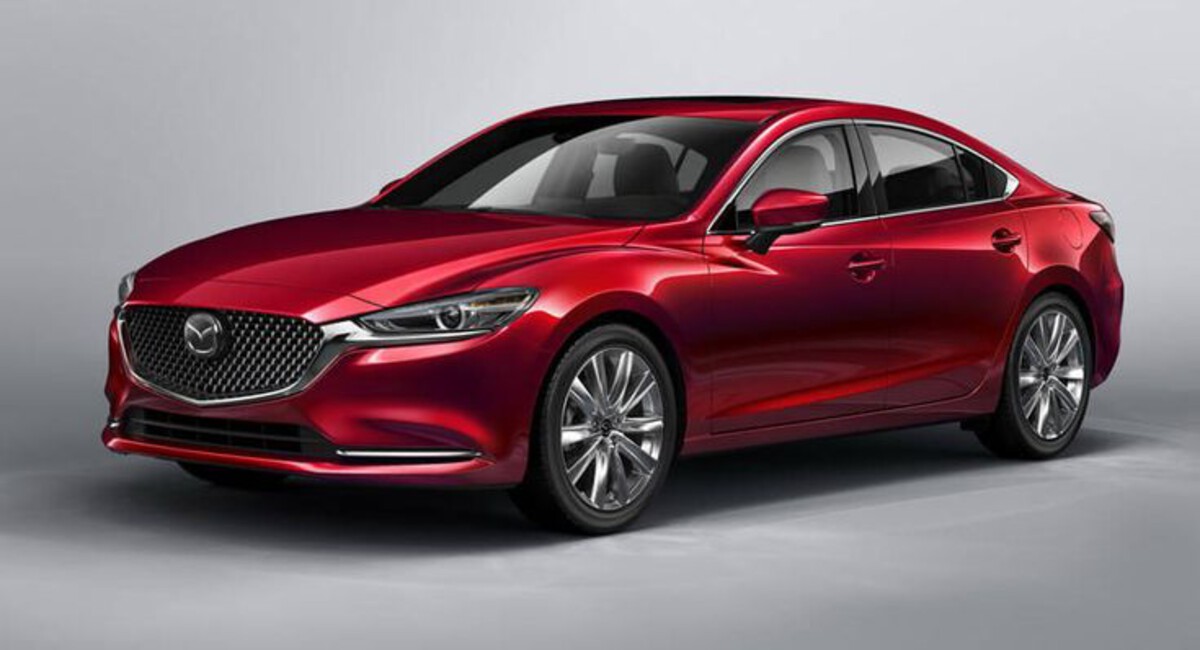
The interior punches well above its price class. From soft-touch materials to sleek design lines, the cabin feels premium. New drivers will appreciate the clean layout and minimal distractions—there’s a knob-based infotainment system that keeps eyes on the road and not on the touchscreen.
Standard safety features include adaptive cruise control, lane departure warning, and blind-spot monitoring. These help boost confidence on both local roads and long drives.
For those who want a car that’s more than just a tool—something with a soul—the Mazda3 delivers. It’s one of the best cars for first-time drivers who don’t want to compromise on driving dynamics or aesthetics.
4. Hyundai Elantra
The Hyundai Elantra has undergone a serious glow-up in recent years. What was once an economy car has transformed into a bold, tech-loaded, beginner-friendly machine perfect for first-time buyers on a budget.
Let’s start with the looks—sharp angles, LED lights, and a modern grille give it curb appeal most compacts only dream of. But it’s not just about aesthetics. The Elantra is powered by a 2.0L engine with a CVT that delivers smooth and steady performance. It’s ideal for learners who value composure over speed.
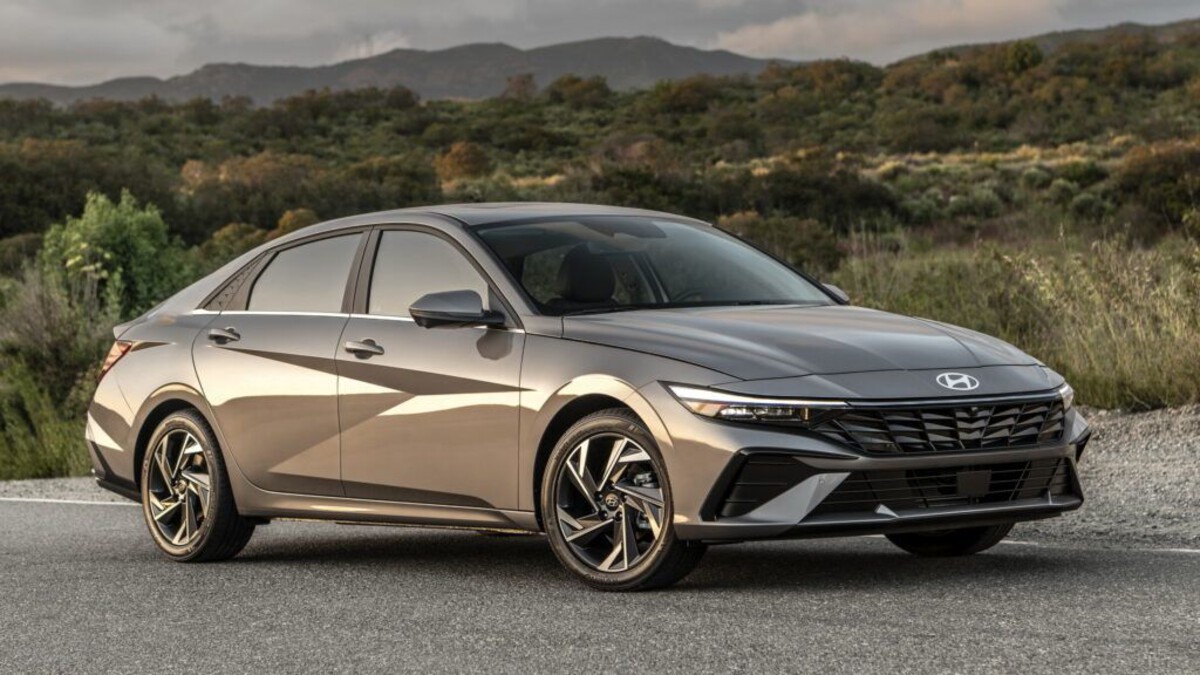
Inside, you’ll find a spacious cabin, especially in the rear, with user-friendly tech that includes wireless Apple CarPlay/Android Auto, an 8-inch touchscreen, and voice recognition. New drivers won’t be overwhelmed here—it’s all easy to grasp and quickly becomes second nature.
Hyundai’s SmartSense safety features—forward collision-avoidance assist, lane keeping assist, and driver attention warning—come standard. Plus, with one of the industry’s best warranties (10-year/100,000-mile powertrain), it’s a car that brings peace of mind.
Add to that 37 MPG combined fuel economy and low service costs, and you’ve got a vehicle that respects a new driver’s wallet while helping them master the road. The Elantra proves that entry-level doesn’t have to be boring.
5. Kia Soul
Boxy and proud, the Kia Soul may not look like a conventional first car—but that’s exactly why it works so well. It breaks the mold in a good way, offering space, tech, and personality in a beginner-friendly package.
The Soul’s compact size makes it nimble in tight spaces, yet its tall roofline provides excellent headroom and cargo capacity, great for hauling backpacks, groceries, or weekend getaway gear. For a new driver, the Soul feels like a small SUV but drives like a compact car—best of both worlds.
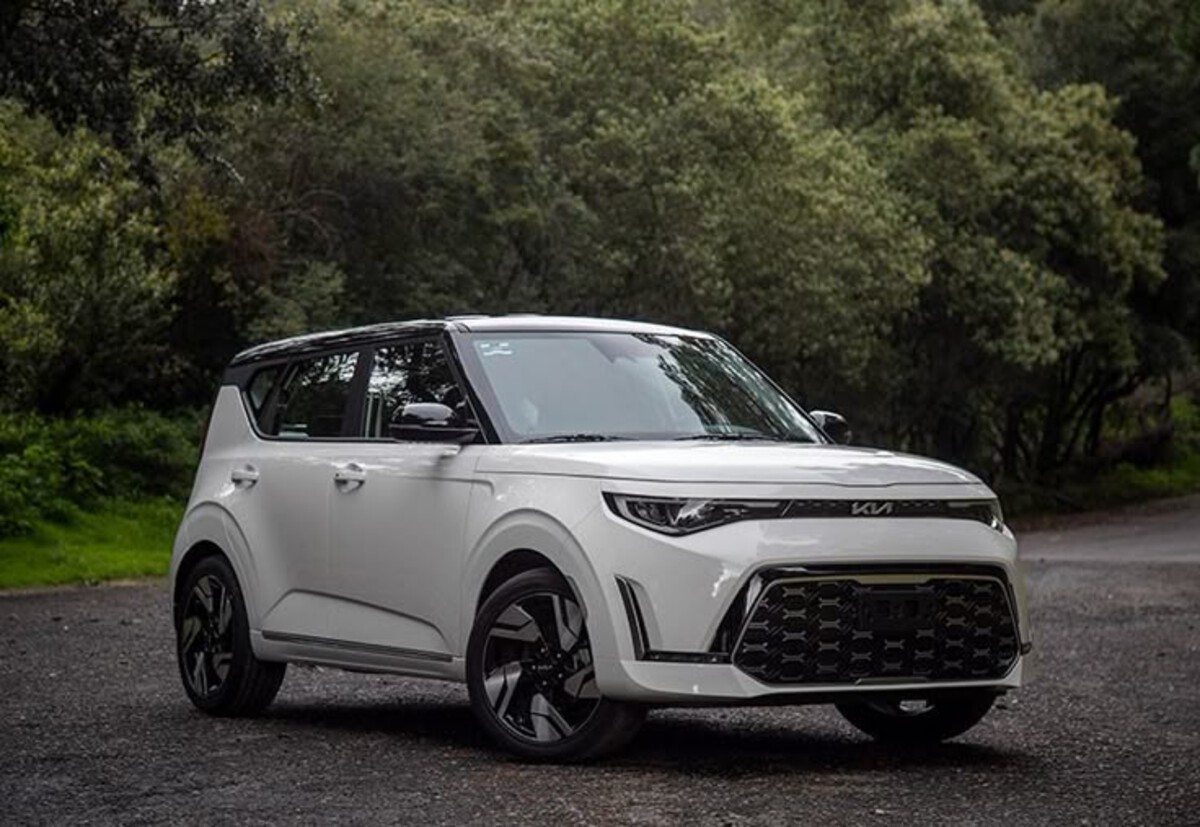
Under the hood, it’s typically equipped with a 2.0L 4-cylinder engine, paired with a smooth-shifting CVT. It won’t win races, but that’s not the goal here. It’s dependable, easy to drive, and excellent on gas (around 30 MPG combined).
The standout feature? Visibility. The Soul’s upright seating and expansive windows give a commanding view of the road, helping new drivers feel in control. Add in the user-friendly infotainment system and standard safety tech, and it becomes clear why it’s such a smart choice.
It’s funky, it’s functional, and it’s built to help new drivers succeed. The Kia Soul earns its place on this list by being unapologetically different—and incredibly easy to live with.
5 Cars Giving New Drivers Fits
Not every car is cut out for a first-time driver. The following models, while impressive on paper or in design, pose real challenges for beginners. From clunky transmissions and poor rear visibility to confusing infotainment or costly repairs, these vehicles often frustrate those still gaining confidence behind the wheel.
ALSO READ: 10 Chevrolet and Ford Engines That Lasted Over a Million Miles Without a Rebuild
1. Chevrolet Camaro
The Chevrolet Camaro is undeniably cool, but it’s a classic case of “too much car, too soon.” With its aggressive styling and high horsepower V6 or V8 engines, it lures in young buyers with dreams of muscle, but punishes them with tricky handling and compromised visibility.
The Camaro’s low seating position and high beltline create significant blind spots, making it difficult for new drivers to park or change lanes with confidence. Rear visibility is especially bad, turning reverse maneuvers into guesswork. Add in wide pillars and a small rear window, and it becomes a recipe for stress.
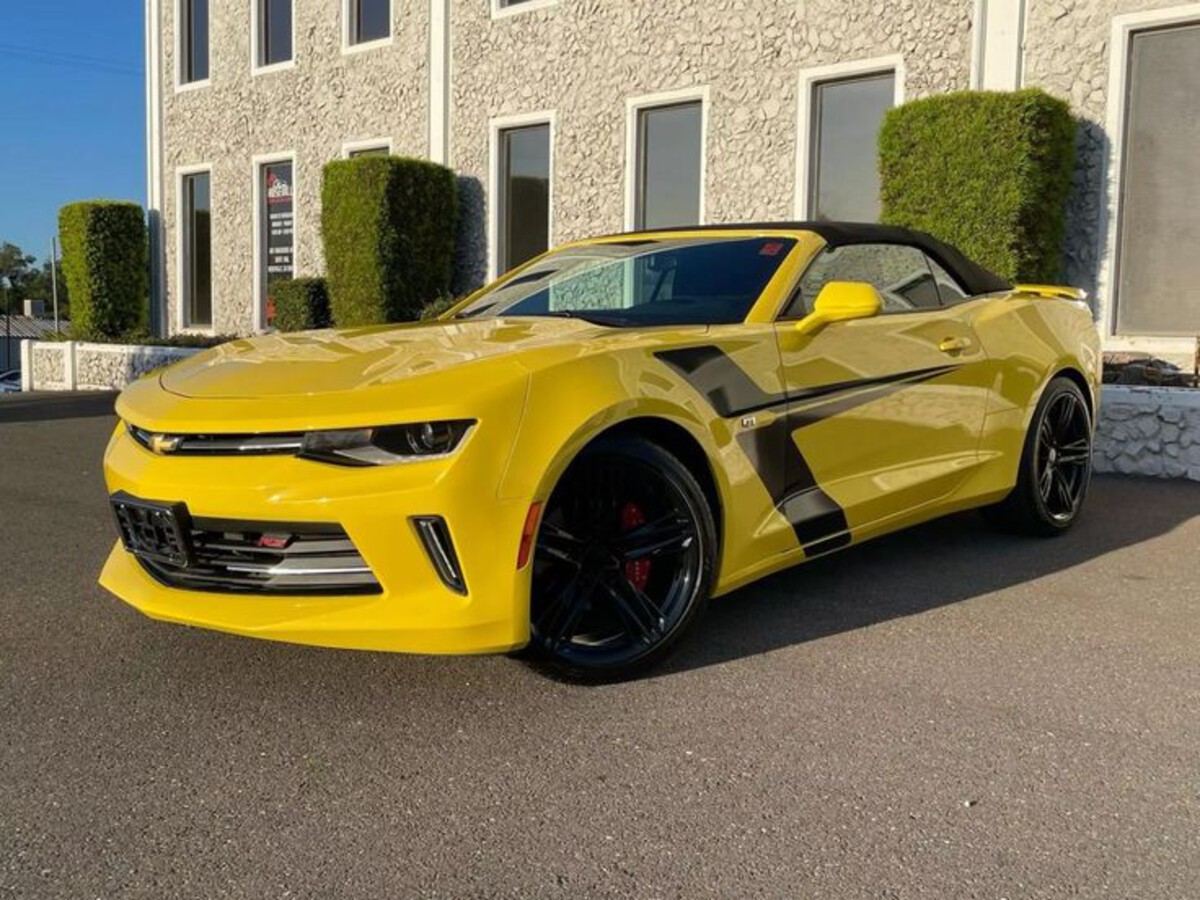
While it handles corners like a dream for seasoned drivers, the heavy steering and powerful acceleration can be overwhelming for those still learning throttle control and braking finesse. Plus, fuel economy is poor, and insurance premiums are sky-high—bad news for younger drivers on a budget.
Inside, the sloped roof cuts into headroom, and the infotainment system, while modern, demands too much attention. Even base models are relatively expensive to maintain and repair, thanks to specialized parts and performance-focused engineering.
Bottom line? The Camaro is a thrill machine—but it’s the wrong thrill for someone still learning the basics. Better to wait on this muscle car until you’ve earned your stripes.
2. Jeep Wrangler
The Jeep Wrangler is legendary for off-road capability and rugged charm—but when it comes to new drivers, it’s more of a headache than a hero. While it may look adventurous and fun, the Wrangler’s driving dynamics are anything but beginner-friendly.
For starters, its high center of gravity and body-on-frame construction make it less stable on paved roads. It tends to sway on turns, and the steering feels loose—traits that demand experience to manage. New drivers might find the handling unpredictable, especially at highway speeds or during emergency maneuvers.
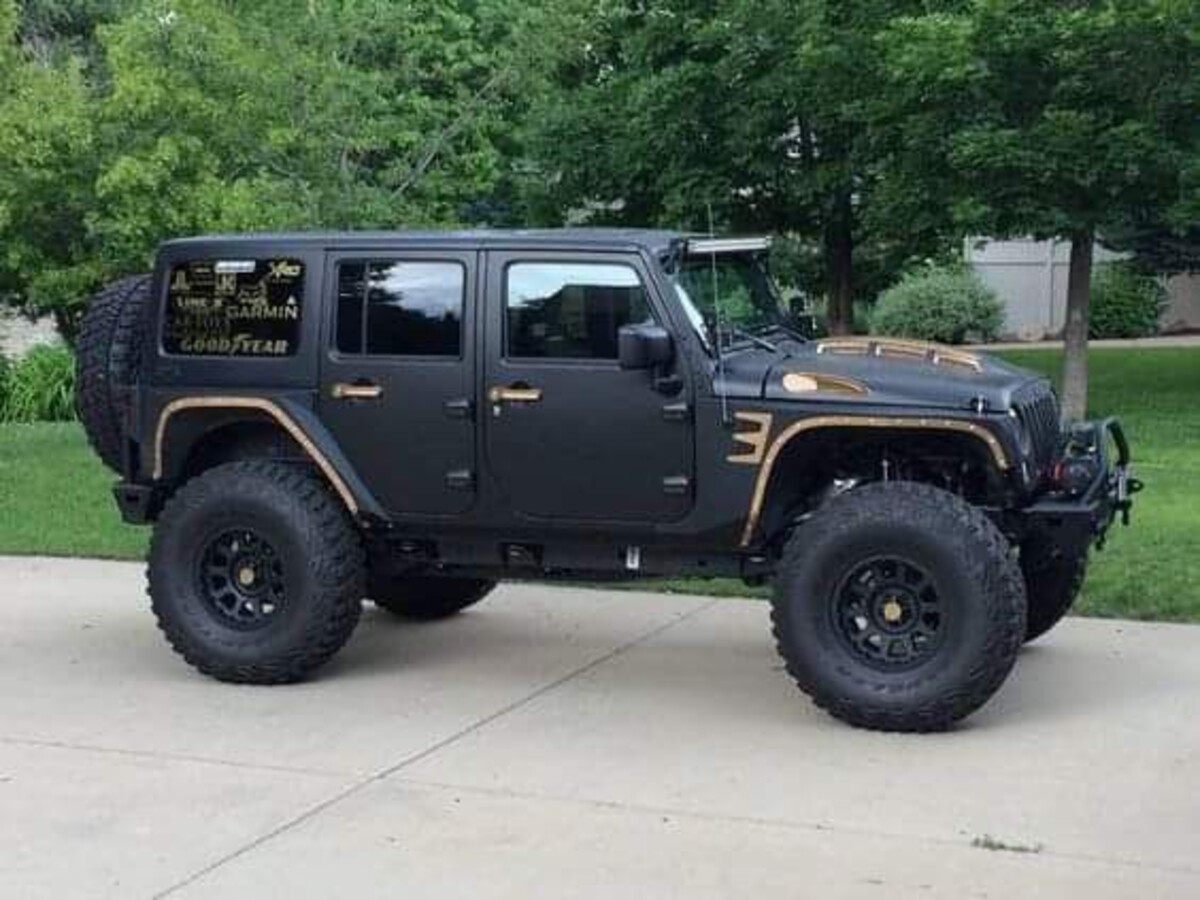
The ride quality is another concern. The Wrangler is built to tackle rocky terrain, not city potholes or suburban speed bumps. That translates into a bouncy, jarring ride that can become frustrating for someone still getting used to life behind the wheel.
Visibility is mixed—forward is great thanks to the upright windshield, but rear and side views suffer due to the removable roof design and spare tire blocking the back window. Parking this beast can feel like a full-body workout.
Add in poor fuel economy (often under 20 MPG), a noisy cabin, and one of the highest rollover risks in its class, and the Wrangler starts to lose its charm. It’s a great second or third car, but not a smart first step for beginner drivers.
3. Dodge Challenger
Another muscle car that dazzles from the outside but daunts on the inside—the Dodge Challenger is not built with new drivers in mind. While its retro styling and V8 growl are hard to resist, this heavy, powerful coupe can be intimidating for those just learning the ropes.
Even the base Challenger is big—really big. It’s over 75 inches wide and 198 inches long, making maneuvering in tight spaces an ongoing battle. Parking lots, parallel spots, and narrow streets all become stressful terrain. The wide hood and thick rear pillars further reduce visibility, making it hard for new drivers to judge distances.
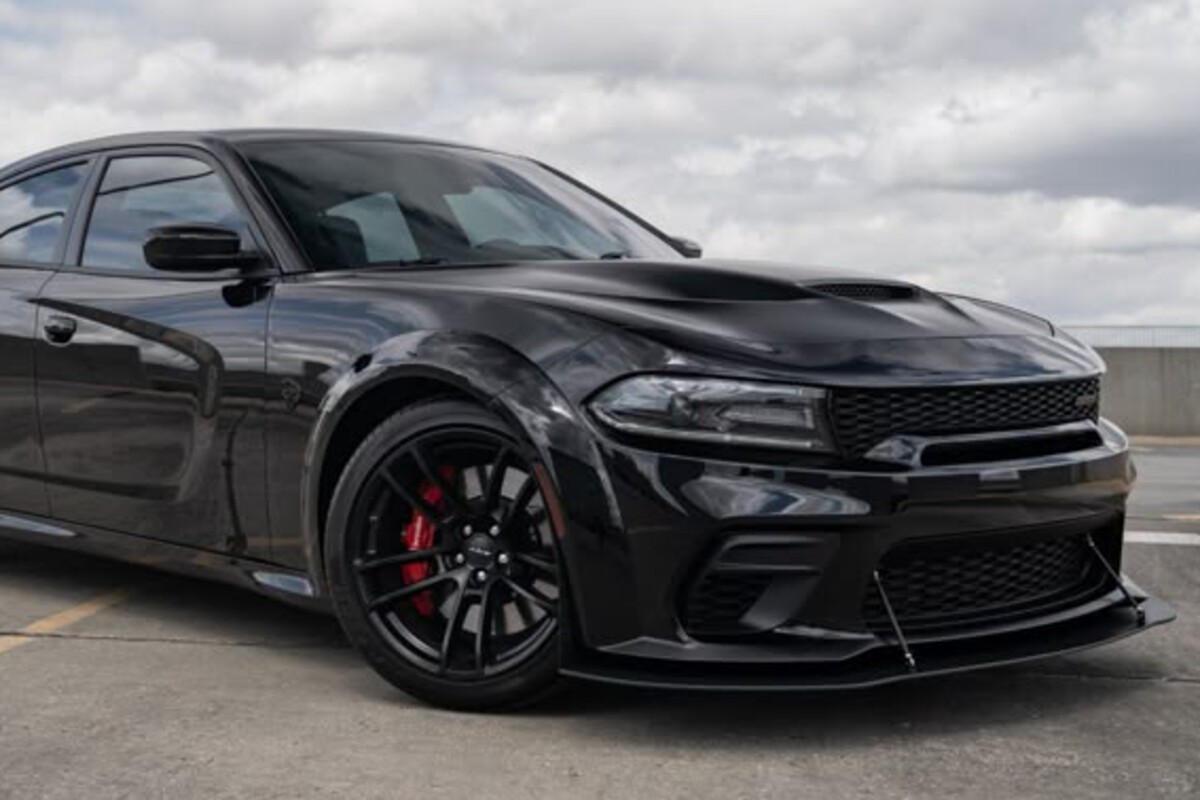
Then there’s the power. The Challenger can be equipped with engines topping 700+ horsepower, but even the V6 model offers more grunt than a beginner typically needs. Combine that with rear-wheel drive and low ground clearance, and the car becomes especially difficult to control in rain or snow.
Fuel efficiency is abysmal, with most variants hovering below 20 MPG combined. And don’t forget the insurance premiums—through the roof for young or inexperienced drivers.
While the Challenger might look like the ultimate dream car, it’s better suited for seasoned drivers who know how to tame its wild side. For new drivers, it’s too much, too soon.
4. Mini Cooper S
At first glance, the Mini Cooper S seems like an ideal first car—it’s compact, stylish, and fun. But dig a little deeper, and you’ll find a car that often frustrates new drivers with its quirks and costs.
Let’s start with the ride. The Cooper S has a sporty suspension that delivers excellent cornering, but at the expense of comfort. It feels stiff and harsh over rough roads, which can be unsettling to someone not yet confident in their driving skills.
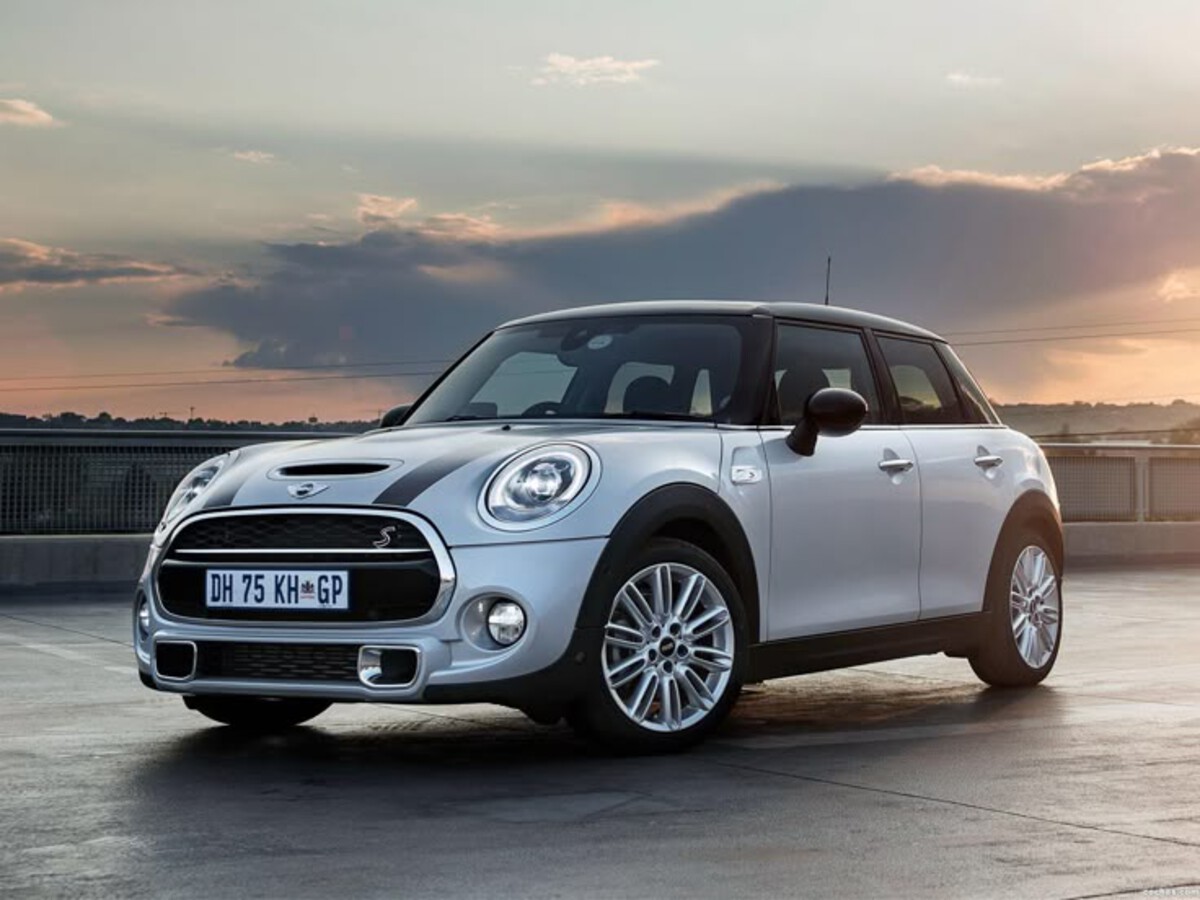
Then there’s the turbocharged engine. It’s quick and zippy, but that can backfire for new drivers. The throttle is sensitive, and the turbo lag can make acceleration unpredictable. It’s easy to overdo it when you’re still learning the right pressure and timing.
Interior space is another issue. While it’s fine up front, the back seat and cargo space are cramped, limiting practicality. And while the cabin is high on design, it’s low on intuitiveness. The toggle switches and circular displays might look cool, but can confuse someone used to standard layouts.
The biggest drawback? Maintenance costs. Mini Coopers are notorious for high repair bills and frequent visits to the shop, especially once the warranty runs out. That’s not the kind of financial headache a first-time car owner wants.
5. Volkswagen Beetle
The Volkswagen Beetle carries undeniable charm, but its nostalgia-fueled exterior hides some serious drawbacks for beginner drivers. While it may have earned its place in automotive history, it struggles to meet modern expectations, especially for new owners.
The first red flag is visibility. Despite its iconic bubble design, the Beetle’s thick rear pillars and sloping roofline create major blind spots. Backing up or checking adjacent lanes becomes a challenge, even with the rearview camera in later models.
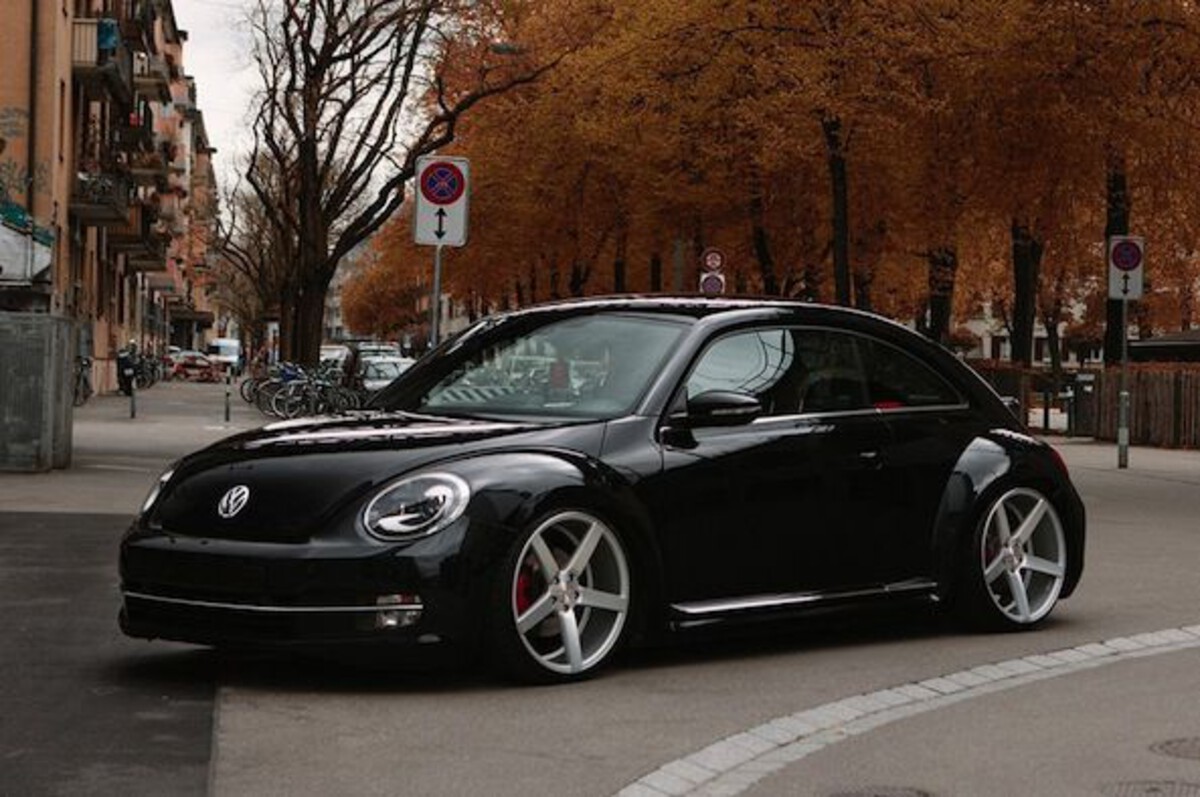
On the performance front, the Beetle’s driving experience is a mixed bag. The turbocharged models can be punchy, but they’re paired with a relatively soft suspension and vague steering. The result? A floaty ride that lacks road feel, which can be disorienting for someone still building muscle memory for control.
Its interior is stylish yet minimal, often prioritizing form over function. While not overly complicated, it doesn’t offer the same ergonomic finesse as newer compacts designed specifically for new drivers. And while fun at first, the Beetle’s charm wears thin when it comes to long-term reliability—especially for post-2012 models that suffered from electrical gremlins and transmission issues.
Add to that above-average repair costs, and the Beetle becomes more of a fashion statement than a practical starter car. It’s fun for weekend drives, not for everyday driving school.
Choosing the right first car isn’t just about what looks good in your driveway—it’s about how that car performs in the day-to-day moments that matter most: stop-and-go traffic, tight parking spots, rainy night drives, and long highway stretches. A well-chosen car for a first-time buyer should offer comfort, control, affordability, and reliability.
Cars like the Honda Civic, Toyota Corolla, and Mazda3 deliver all of that and more—blending intuitive handling with top-tier safety and long-term value. These models are built with real-world usability in mind, giving new drivers the chance to learn, grow, and thrive behind the wheel.
On the flip side, flashy choices like the Camaro, Challenger, or Wrangler may look tempting, but they demand more experience, money, and maintenance than a beginner should be expected to manage. They’re not inherently bad cars—they’re just not right for the novice.
If you’re in the market for your first vehicle, think beyond horsepower and aesthetics. Focus on features that enhance safety, ease of use, and affordability. After all, your first car should be a stepping stone—not a stumbling block.
Drive smart. Start right. Let your first car build your confidence, not crush it.

